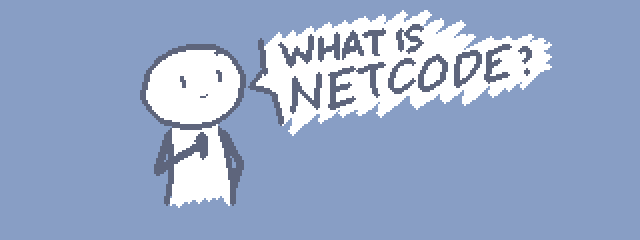Crysillion
Member
I'm always learning new stuff with GMS2 and one thing I've like to eventually tackle is networking and allowing up to 4 players to connect to a single session. I know this is not an easy thing to learn, but none-the-less I'd like to get more into it.
That did get me thinking, though. I know some games start out as single player and then end up redoing their code in a major way to support multiplayer. There's bound to be some things you do with a single-player game in mind that makes converting it into multiplayer especially difficult. What I'm asking is if there's different ways code should be handled if multiplayer is a potential option down the road in order to make that migration easier, what one should look out for and plan for.
Then again, perhaps this varies game from game to such an extreme degree that such a "do this not that" on a more general scale just can't really exist. I wouldn't know, but I wanted to reach out regardless.
Thanks. Apologies in advance if this was described poorly.
That did get me thinking, though. I know some games start out as single player and then end up redoing their code in a major way to support multiplayer. There's bound to be some things you do with a single-player game in mind that makes converting it into multiplayer especially difficult. What I'm asking is if there's different ways code should be handled if multiplayer is a potential option down the road in order to make that migration easier, what one should look out for and plan for.
Then again, perhaps this varies game from game to such an extreme degree that such a "do this not that" on a more general scale just can't really exist. I wouldn't know, but I wanted to reach out regardless.
Thanks. Apologies in advance if this was described poorly.

